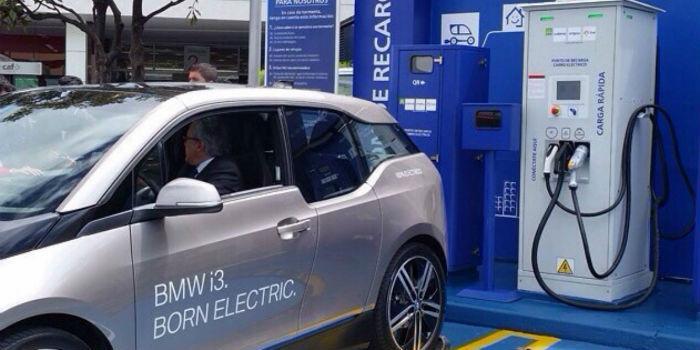 International. It is expected that in the first months of 2108 the European Union will approve the revision of a Directive on energy efficiency of buildings that, as a novelty, establishes that new non-residential buildings or those that undergo major reforms, will have to incorporate at least one recharging point for electric vehicles for every five parking spaces.
International. It is expected that in the first months of 2108 the European Union will approve the revision of a Directive on energy efficiency of buildings that, as a novelty, establishes that new non-residential buildings or those that undergo major reforms, will have to incorporate at least one recharging point for electric vehicles for every five parking spaces.
The amendment of a Directive on the energy performance of buildings establishes that they will have to incorporate at least one charging point for electric vehicles for every five parking spaces.
The revised Directive also states that Member States must set the requirements for the installation of a minimum number of charging points in all non-residential buildings with more than twenty parking spaces by 2025.
This incorporation is the result of the agreement reached on December 19 between the Estonian Presidency and the European Parliament on the revision of this Directive that, for the first time, promotes electromobility and establishes the minimum requirements that buildings with more than ten parking spaces must meet to introduce charging points for electric cars.
The Directive promotes energy efficiency and aims to increase energy savings in the construction sector. In addition, it provides for an update of the existing rules to take account of recent technological developments. In this regard, the Commission will design a fitness indicator for smart applications in order to calculate the ability of buildings to adapt their operation to the needs of their tenants.
The agreement indicates that the digitalisation of the energy system is rapidly transforming and modernising the energy landscape and, in order to ensure the efficient functioning of buildings, the new Directive is in line with the objectives of the Digital Single Market and the Energy Union. As part of the conception of future smart buildings, the use of smart technologies and the integration of renewable energies to adjust and reduce energy consumption are encouraged.


























Leave your comment